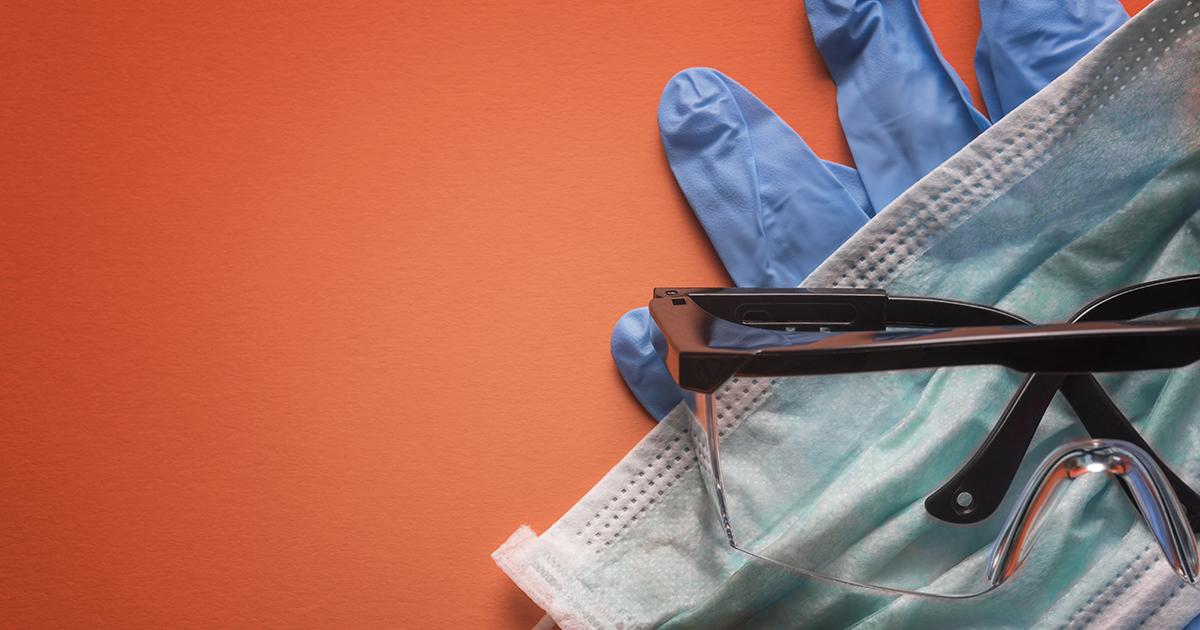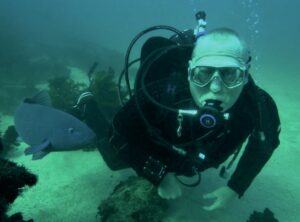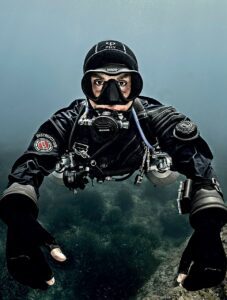DAN, recommendations regarding CPR and COVID-19
As most of us are aware, COVID-19 can be contracted by coming into contact with droplets of bodily fluid from an infected person. Performing chest compressions as part of CPR can mobilize droplets, much like coughing can. Since even asymptomatic people can carry and spread the virus, it is nearly impossible for a bystander to determine their risk of contracting the virus when intervening and performing CPR.
If a bystander did nothing other than activating EMS, the victim’s chances of survival would be very low, while intervention would substantially improve the odds. However, it would also increase the rescuer’s risk of exposure to COVID-19. Ultimately the decision to act or not act is a difficult and personal one. If you determine that you need to respond, we recommend the following steps.
recommend the following steps.
- Activate EMS first, and if COVID-19 is suspected, alert them of this suspicion. When assessing pulse and respirations, quickly look for normal breathing in the form of chest movement and pink colouration of the skin and nail beds (“pink” applies regardless of natural skin tone). Do not place your ear and cheek close to the person’s mouth.2
- If you need to perform CPR, be sure you have the proper personal protective equipment (PPE). This includes gloves, eye protection, a facemask and a gown (if available)1,3
- When in doubt about the risk of disease transmission, compression-only CPR is the default protocol for adults. If there is a perceived risk of infection and you are doing compression-only CPR, place a facemask or cloth (such as a bandana, t-shirt or towel) over the person’s nose and mouth.1,2This will help mitigate expulsion of droplets during CPR compressions.
- If you have a pocket mask or bag valve mask (BVM), these may be used. If available, the BVM should be equipped with a high-efficiency particulate air filter (HEPA filter) for expired air.1,3If a pocket mask is used, the mask should be secured in place with the elastic strap.
- After the event has ended, use appropriate disinfectants to clean the area, and wash your hands thoroughly. Avoid touching your face, and consider showering, washing your clothes and disinfecting your shoes when you get home.
For children who require CPR, the best practice is to provide compressions and ventilations; this is because the most common cause of pediatric cardiac emergencies is respiratory distress resulting from events such as choking or drowning. However, without a proper barrier, such as a pocket mask or BVM, compression-only CPR can be performed.4 Most children or infants whose heart has stopped are given CPR by a family member or friend; if you are unrelated to the child you will need to decide for yourself whether or not to perform rescue breaths.
The use of AEDs during the COVID-19 pandemic remains unchanged. AEDs should be applied as soon as possible in these emergencies according to your training and the AED’s prompts.
References
1 https://professional.heart.org/idc/groups/ahamah-public/@wcm/@sop/@smd/documents/downloadable/ucm_505872.pdf
2 https://www.resus.org.uk/media/statements/resuscitation-council-uk-statements-on-covid-19-coronavirus-cpr-and-resuscitation/covid-community/
3 https://www.cdc.gov/coronavirus/2019-ncov/hcp/guidance-for-ems.html
4 https://cpr.heart.org/-/media/cpr-files/resources/covid-19-resources-for-cpr-training/community-faqs_pediatric-covid19-and-cpr.pdf?la=en&hash=ED782EA0B970C0514AC2C59A8F11578A3047D8D2
Photo Credit: DAN
If you like this article try: DAN, Oxygen Units & Treating Covid 19








